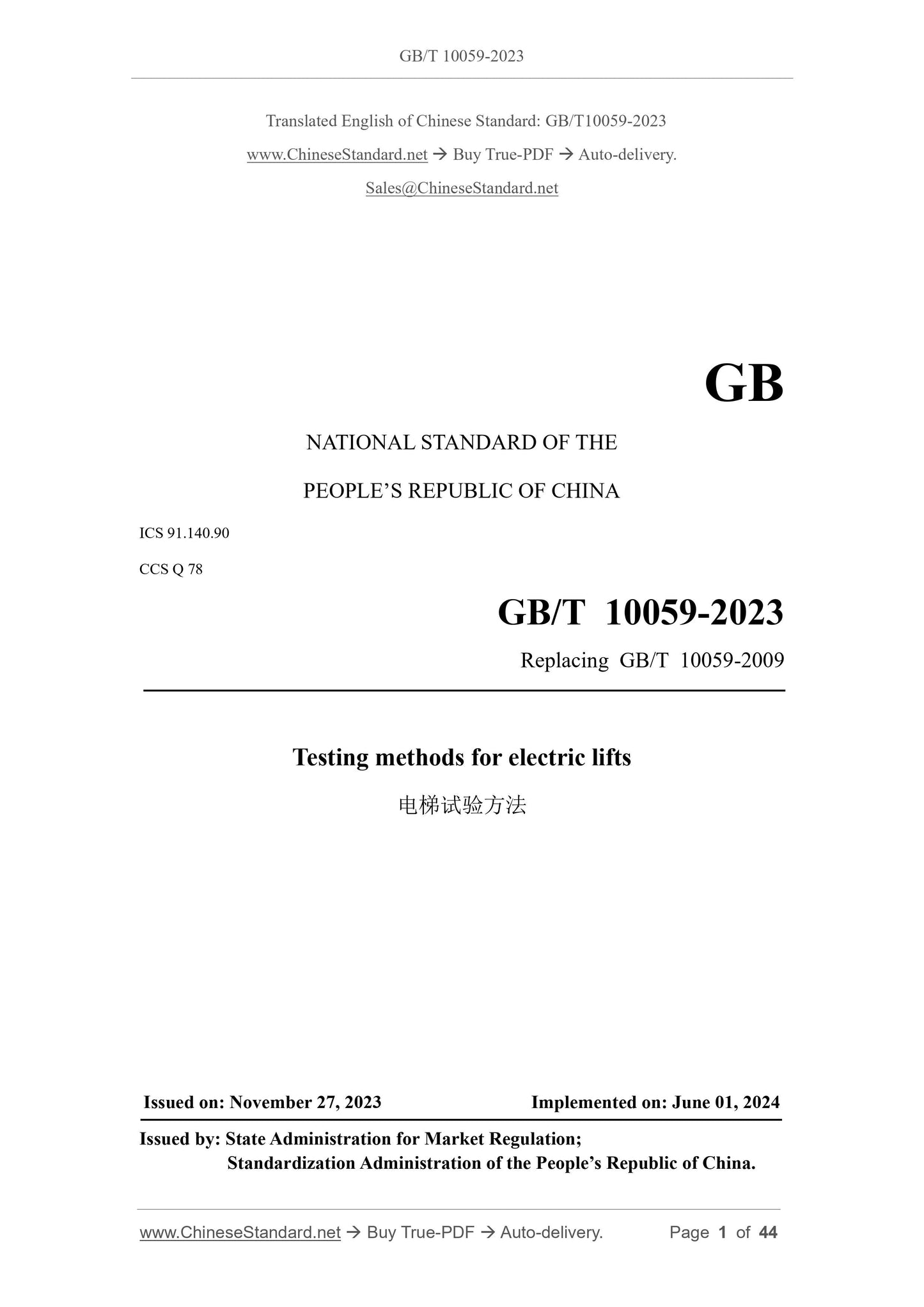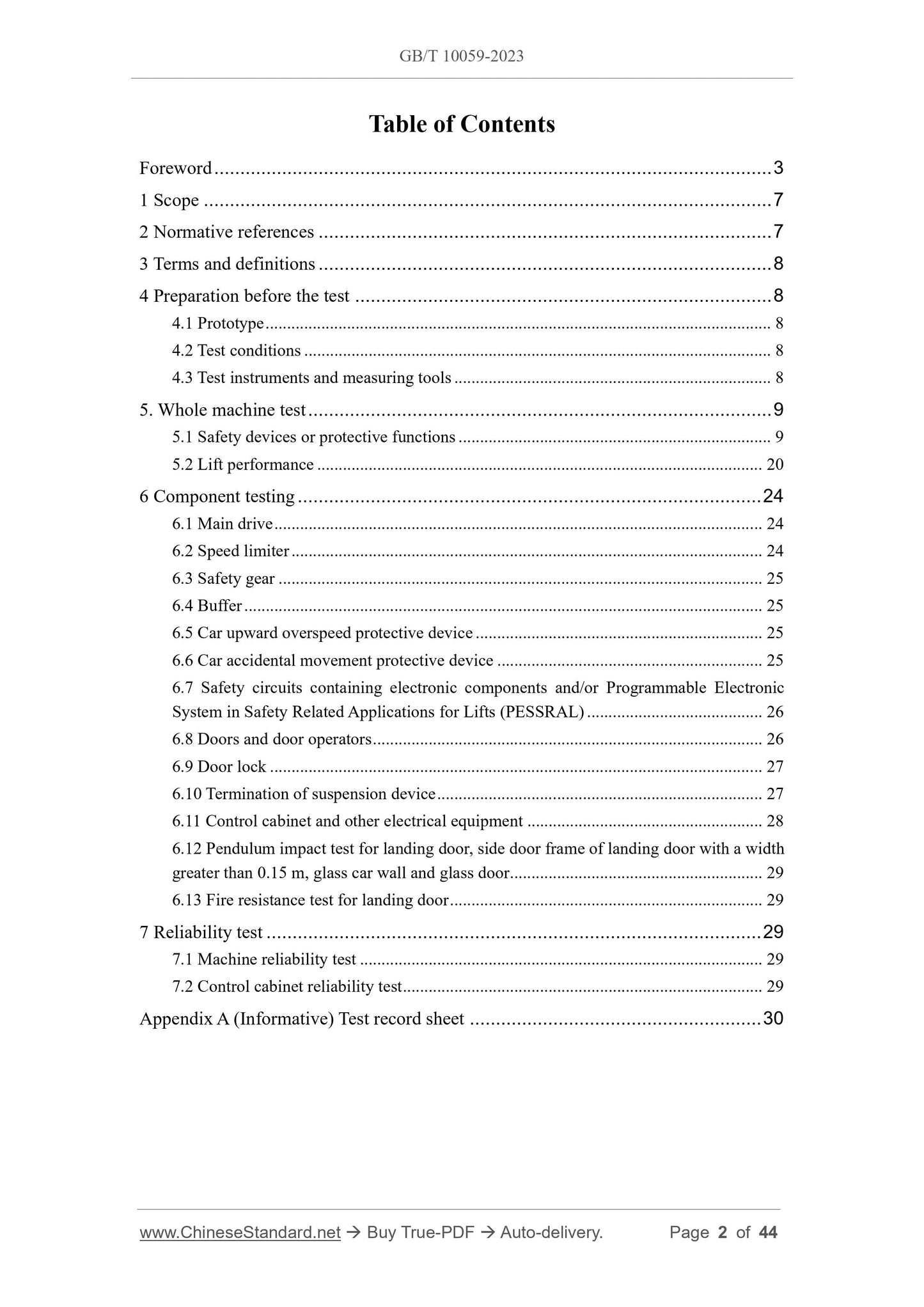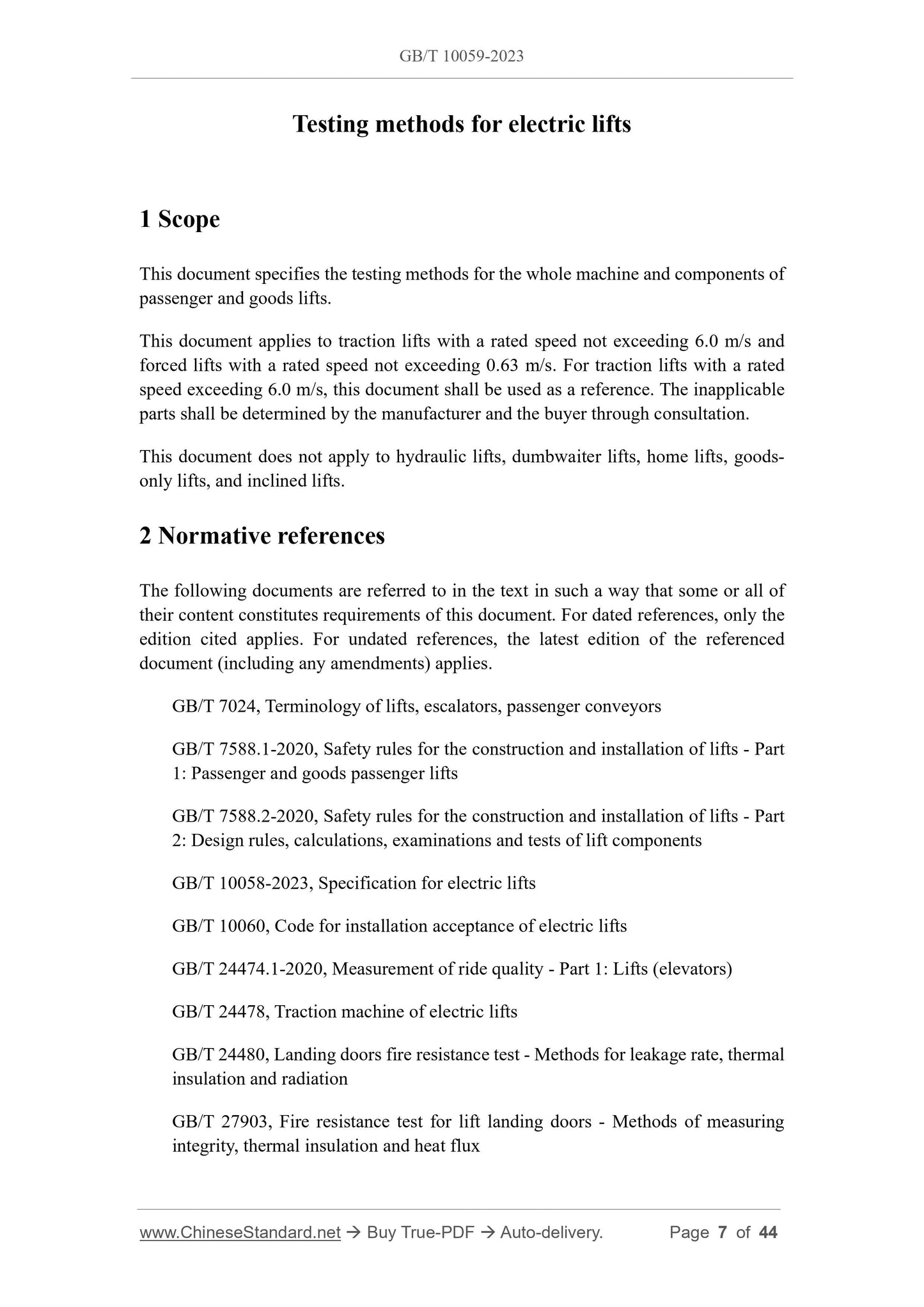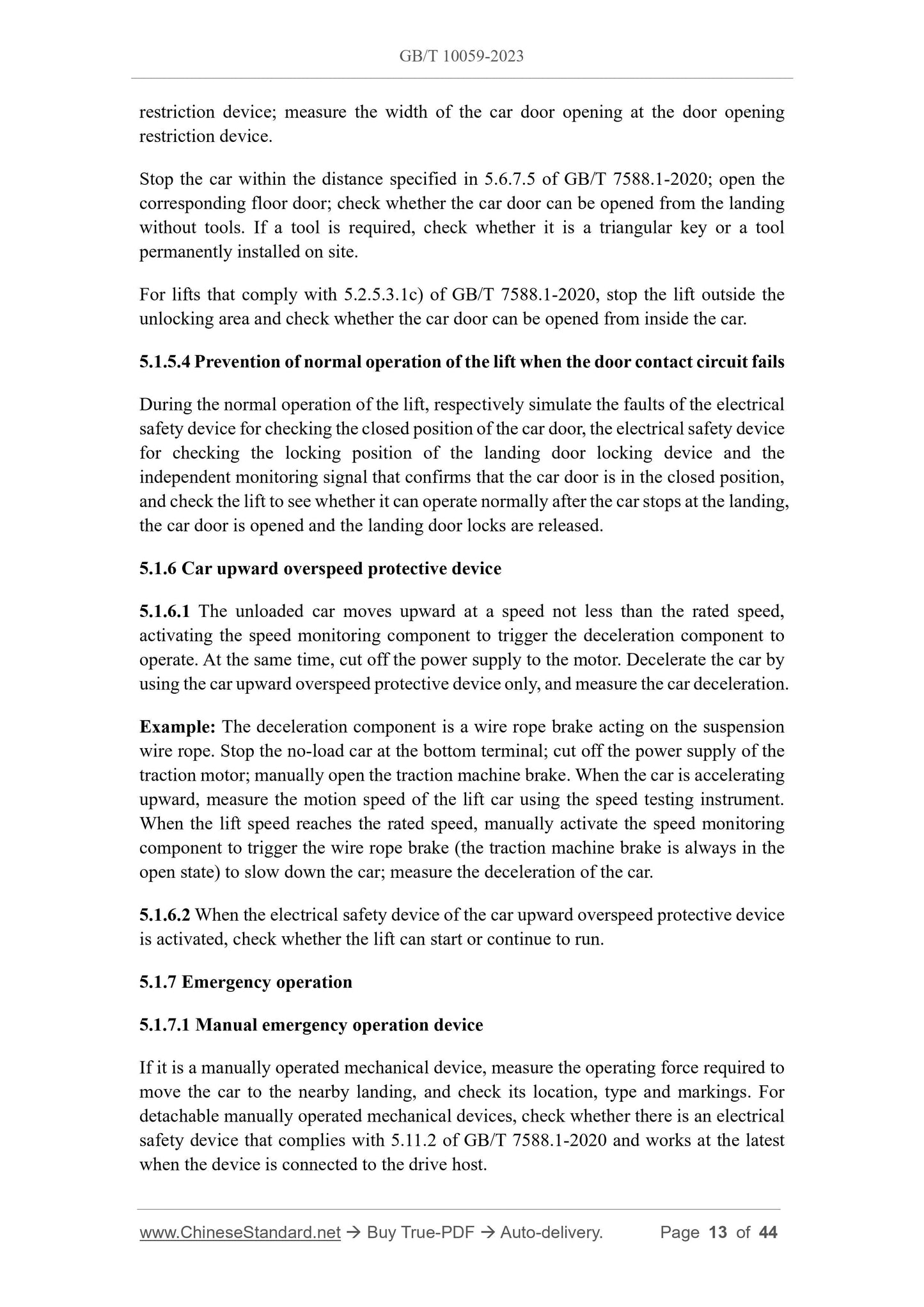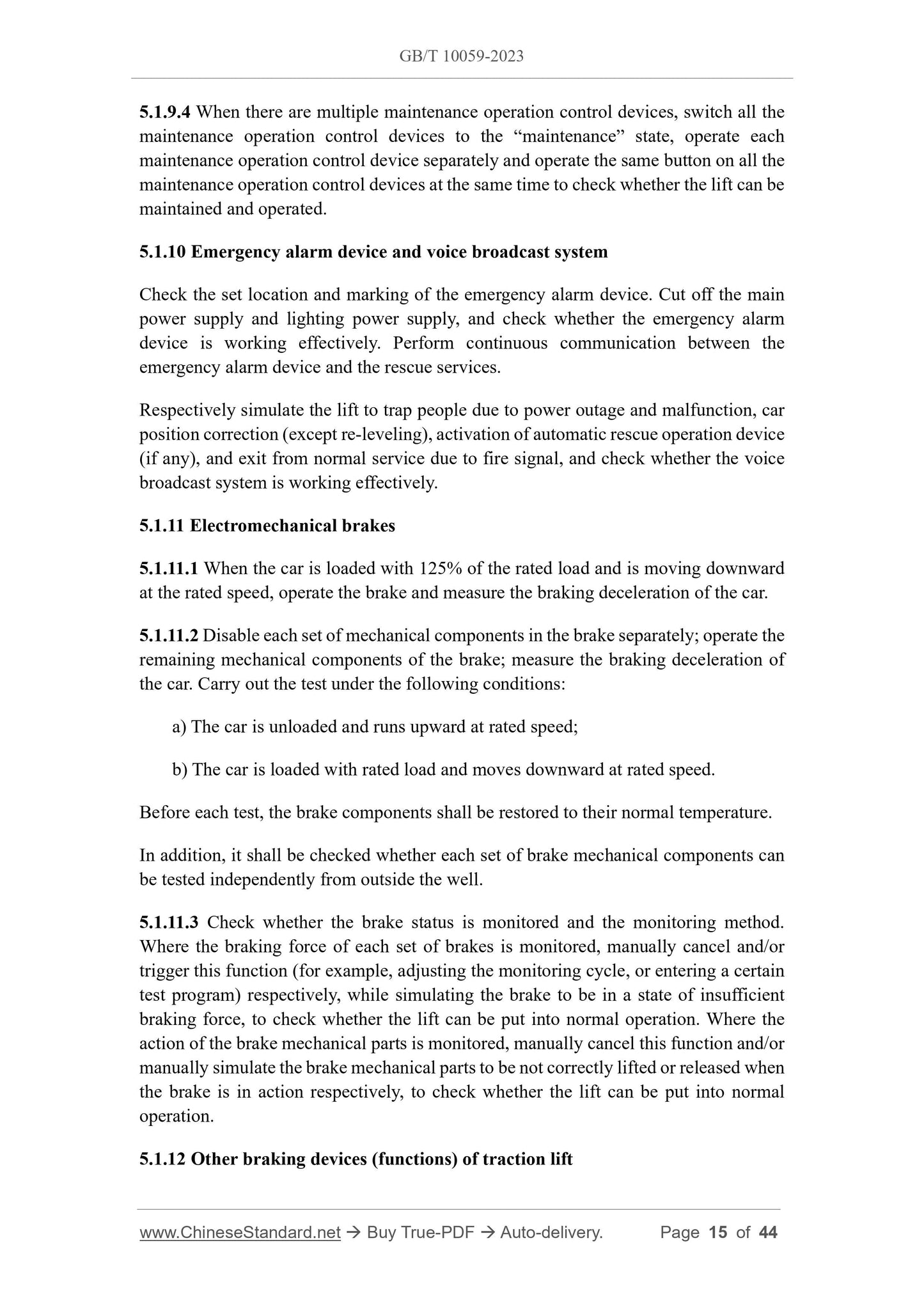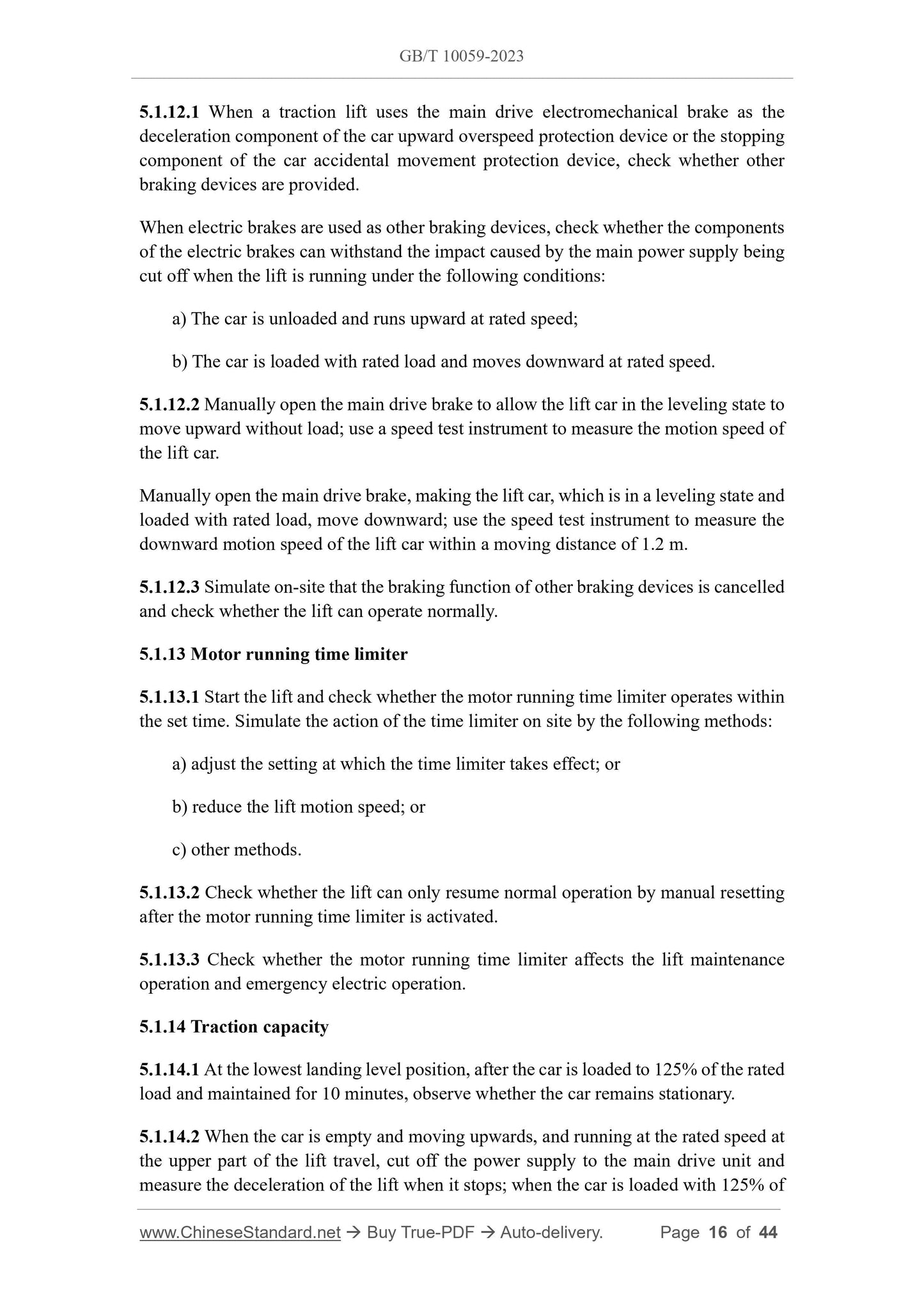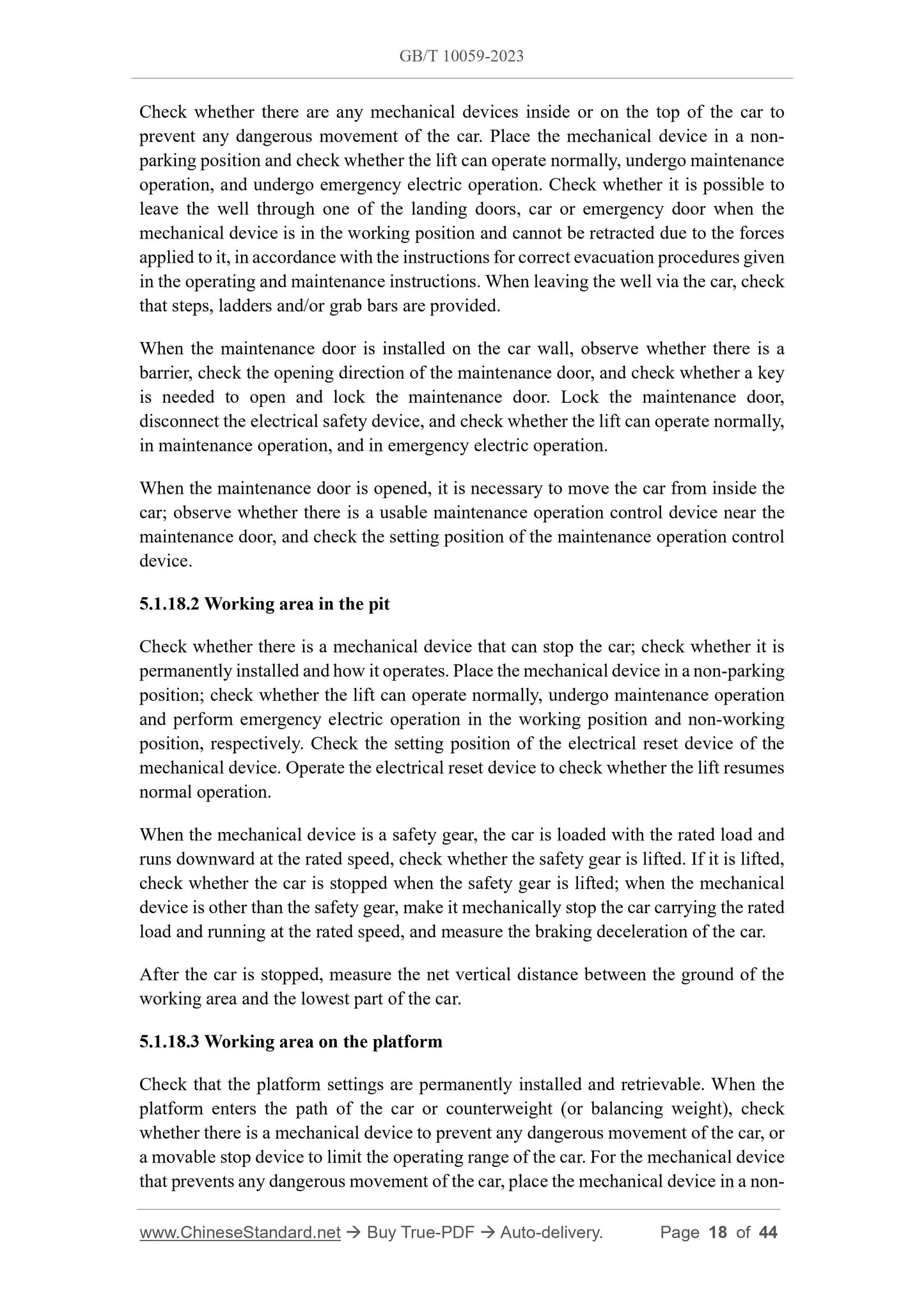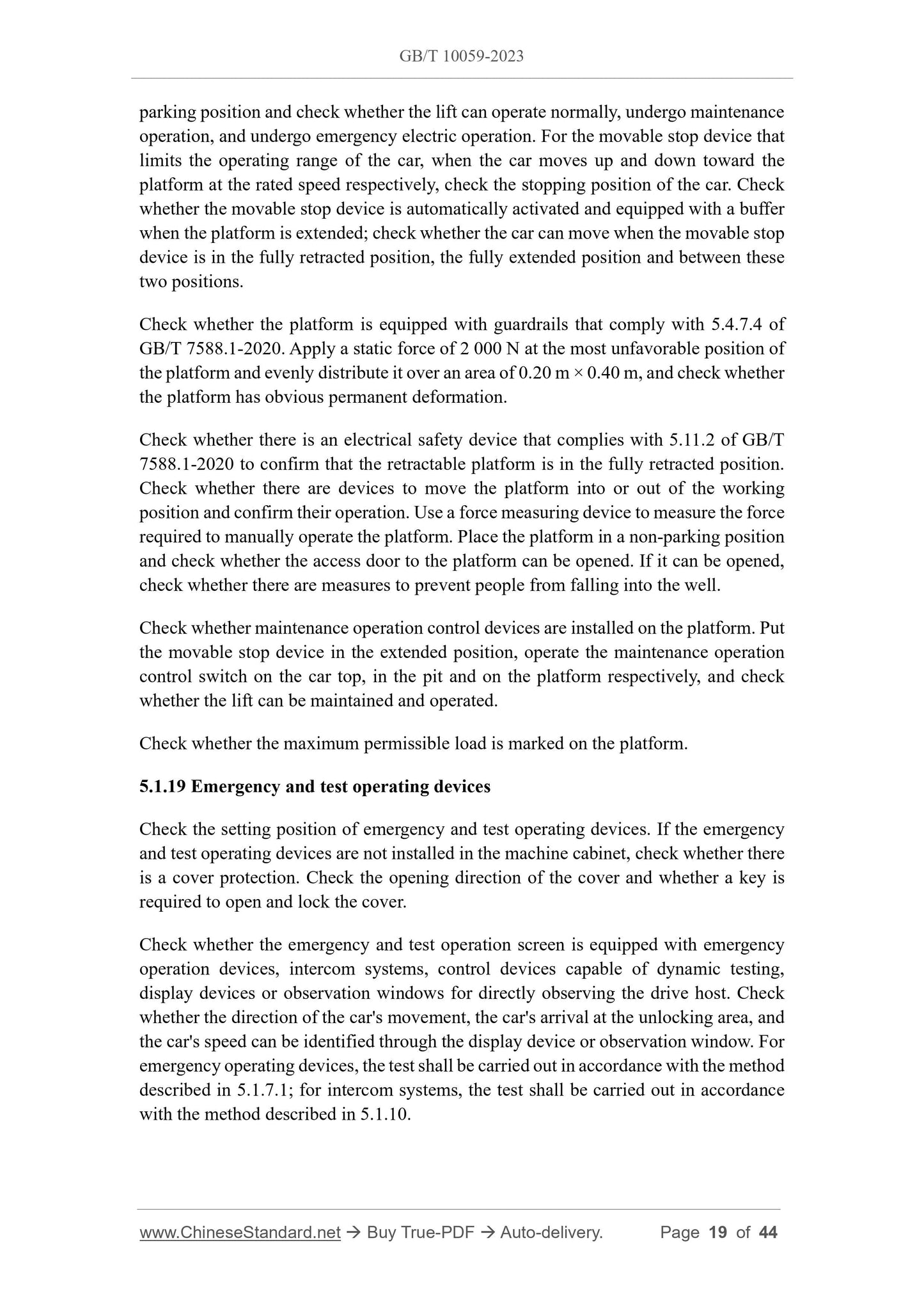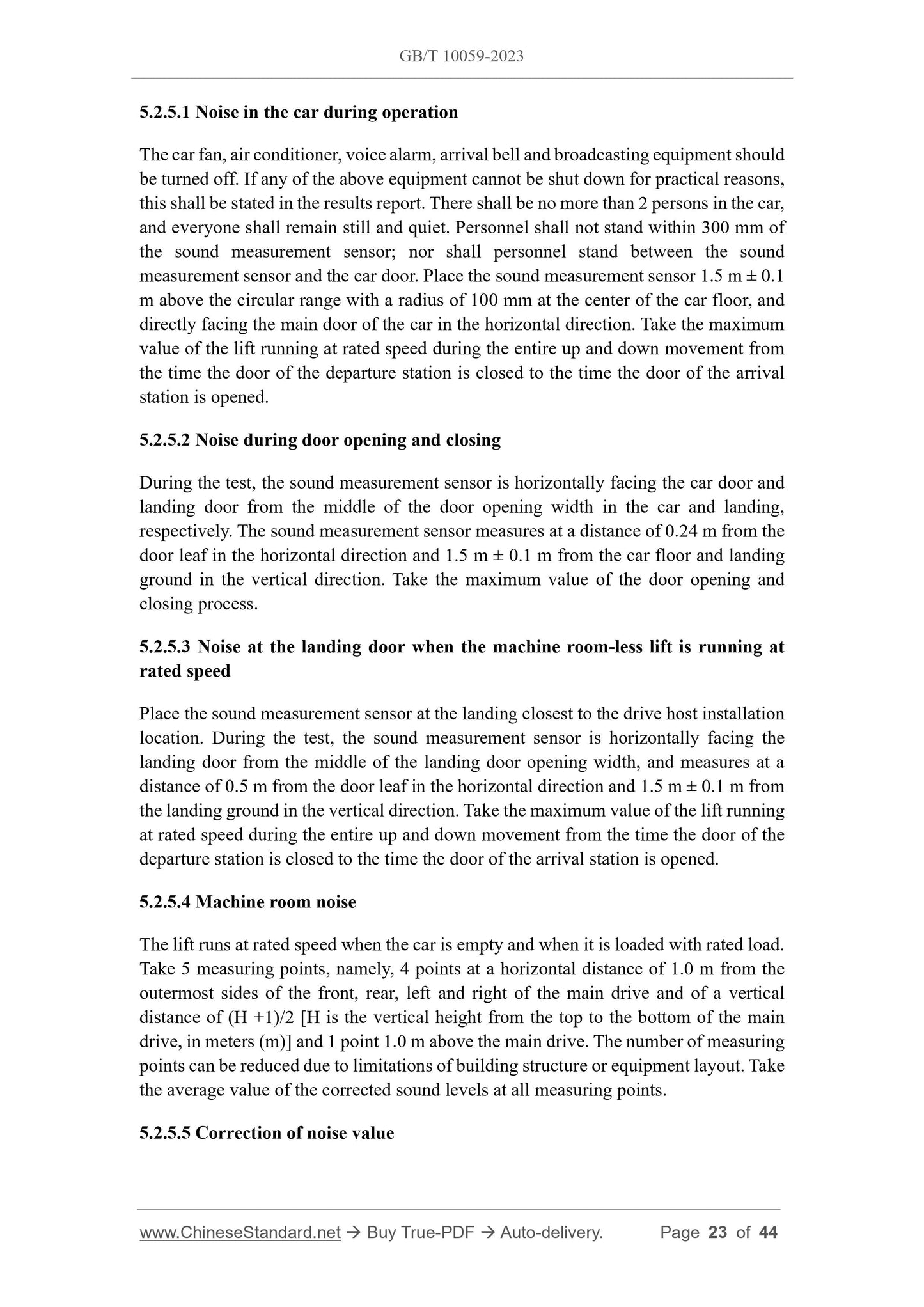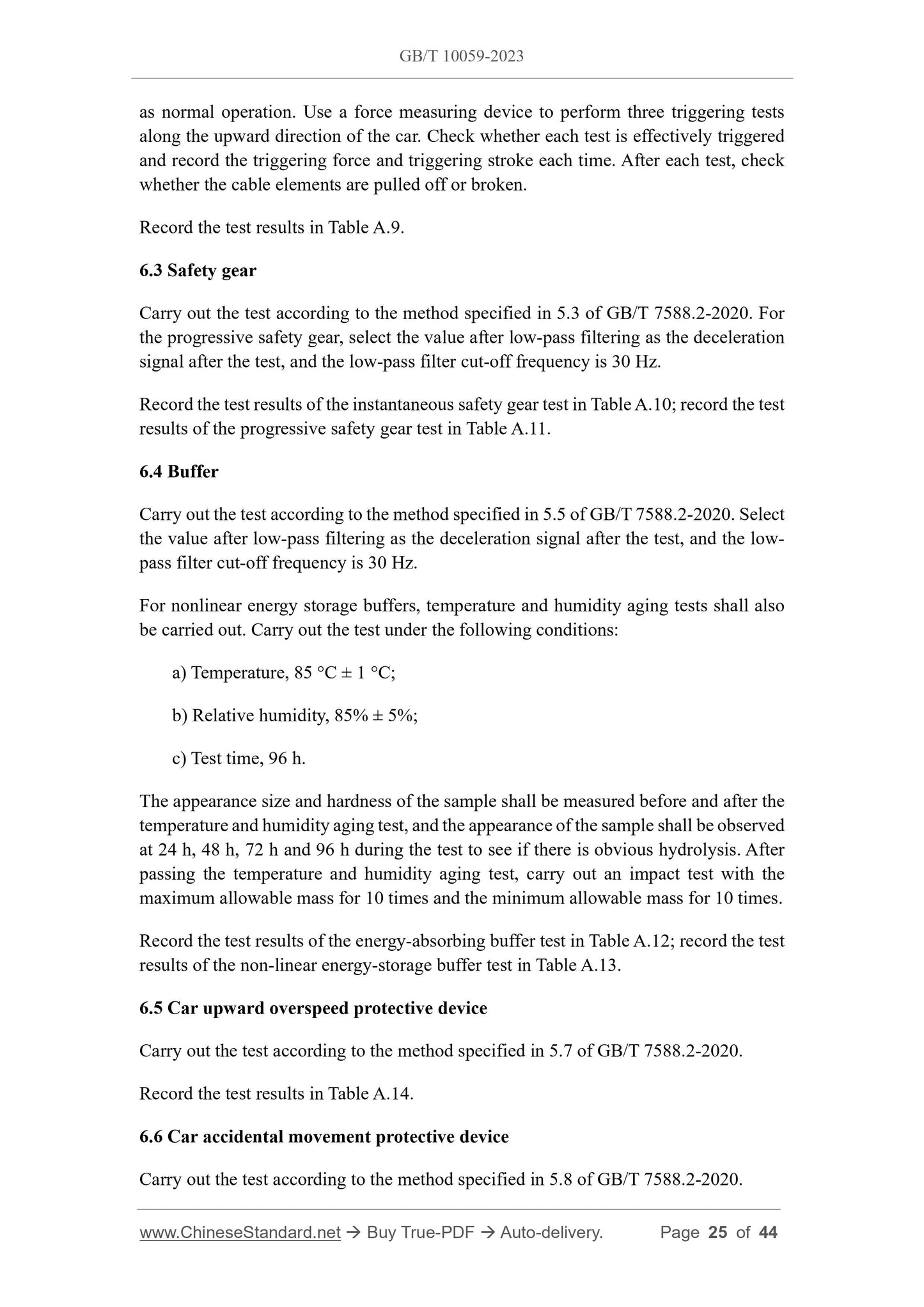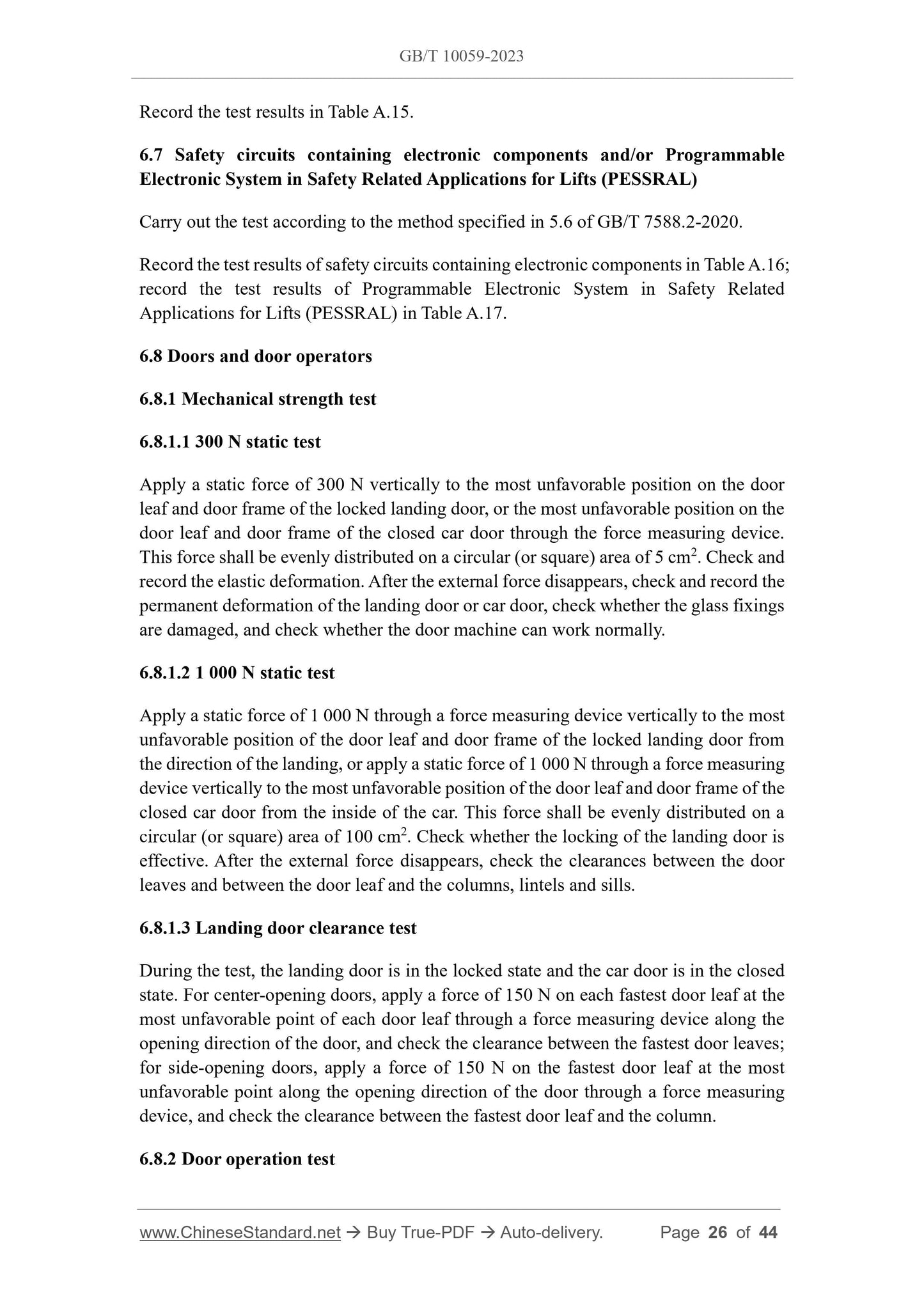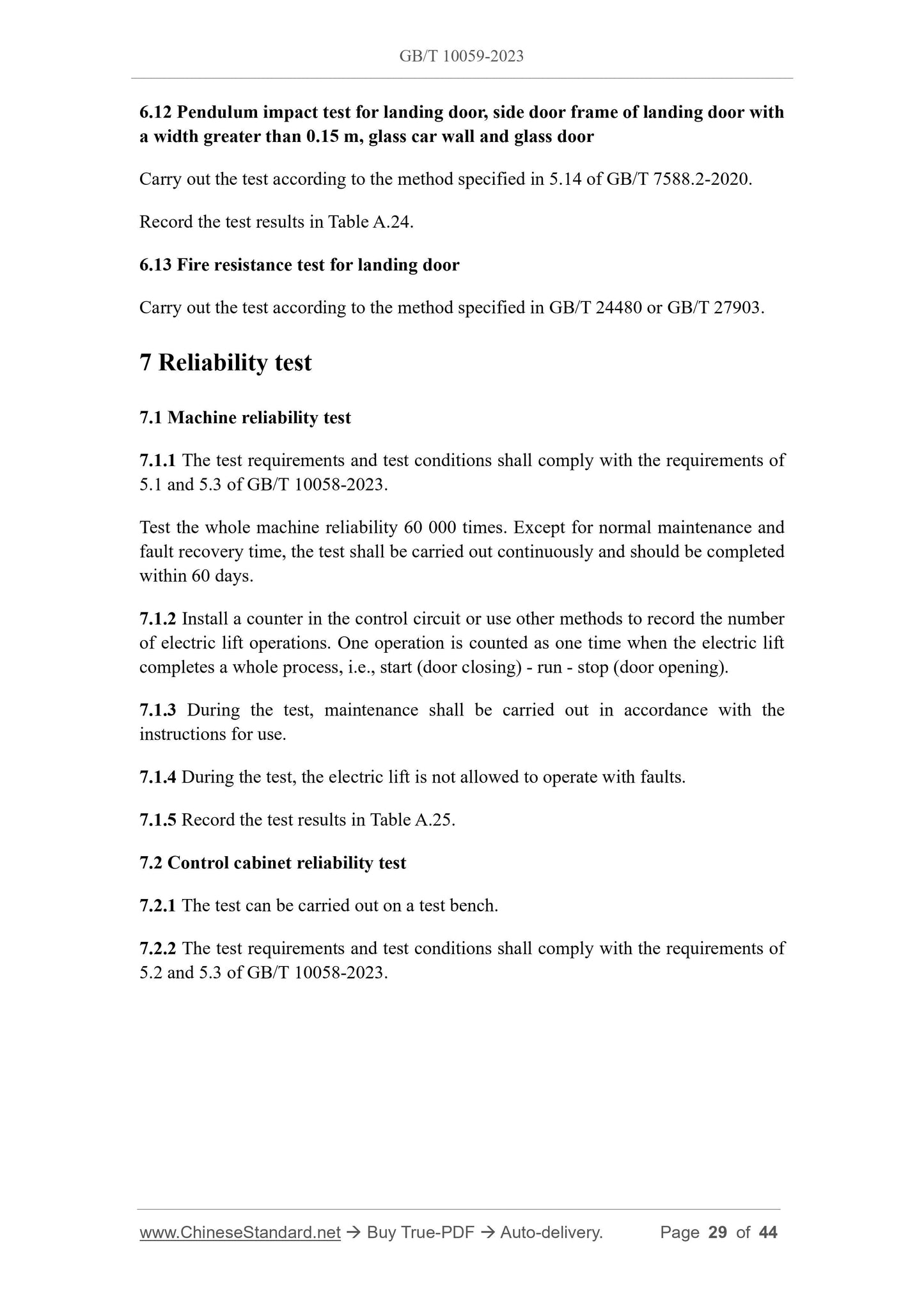1
/
of
12
www.ChineseStandard.us -- Field Test Asia Pte. Ltd.
GB/T 10059-2023 English PDF (GB/T10059-2023)
GB/T 10059-2023 English PDF (GB/T10059-2023)
Regular price
$560.00
Regular price
Sale price
$560.00
Unit price
/
per
Shipping calculated at checkout.
Couldn't load pickup availability
GB/T 10059-2023: Testing methods for electric lifts
Delivery: 9 seconds. Download (and Email) true-PDF + Invoice.Get Quotation: Click GB/T 10059-2023 (Self-service in 1-minute)
Newer / historical versions: GB/T 10059-2023
Preview True-PDF
Scope
This document specifies the testing methods for the whole machine and components ofpassenger and goods lifts.
This document applies to traction lifts with a rated speed not exceeding 6.0 m/s and
forced lifts with a rated speed not exceeding 0.63 m/s. For traction lifts with a rated
speed exceeding 6.0 m/s, this document shall be used as a reference. The inapplicable
parts shall be determined by the manufacturer and the buyer through consultation.
This document does not apply to hydraulic lifts, dumbwaiter lifts, home lifts, goods-
only lifts, and inclined lifts.
Basic Data
| Standard ID | GB/T 10059-2023 (GB/T10059-2023) |
| Description (Translated English) | Testing methods for electric lifts |
| Sector / Industry | National Standard (Recommended) |
| Classification of Chinese Standard | Q78 |
| Classification of International Standard | 91.140.90 |
| Word Count Estimation | 35,374 |
| Date of Issue | 2023-11-27 |
| Date of Implementation | 2024-06-01 |
| Older Standard (superseded by this standard) | GB/T 10059-2009 |
| Issuing agency(ies) | State Administration for Market Regulation, China National Standardization Administration |
Share
